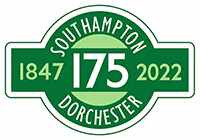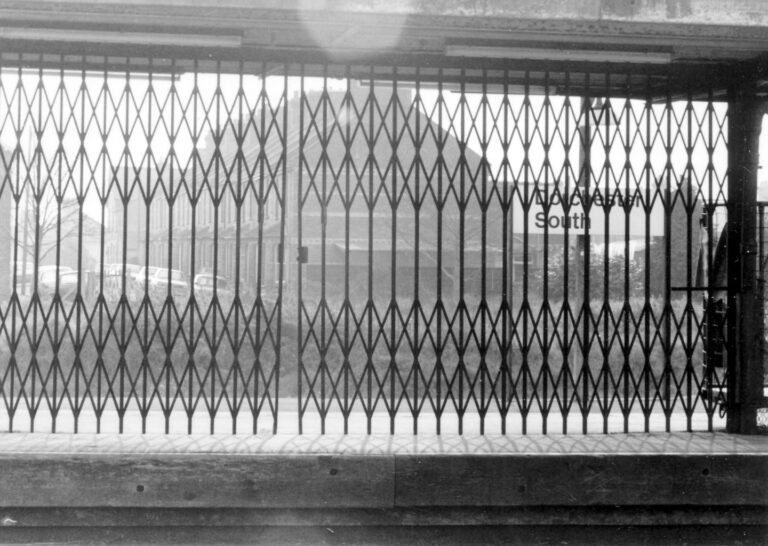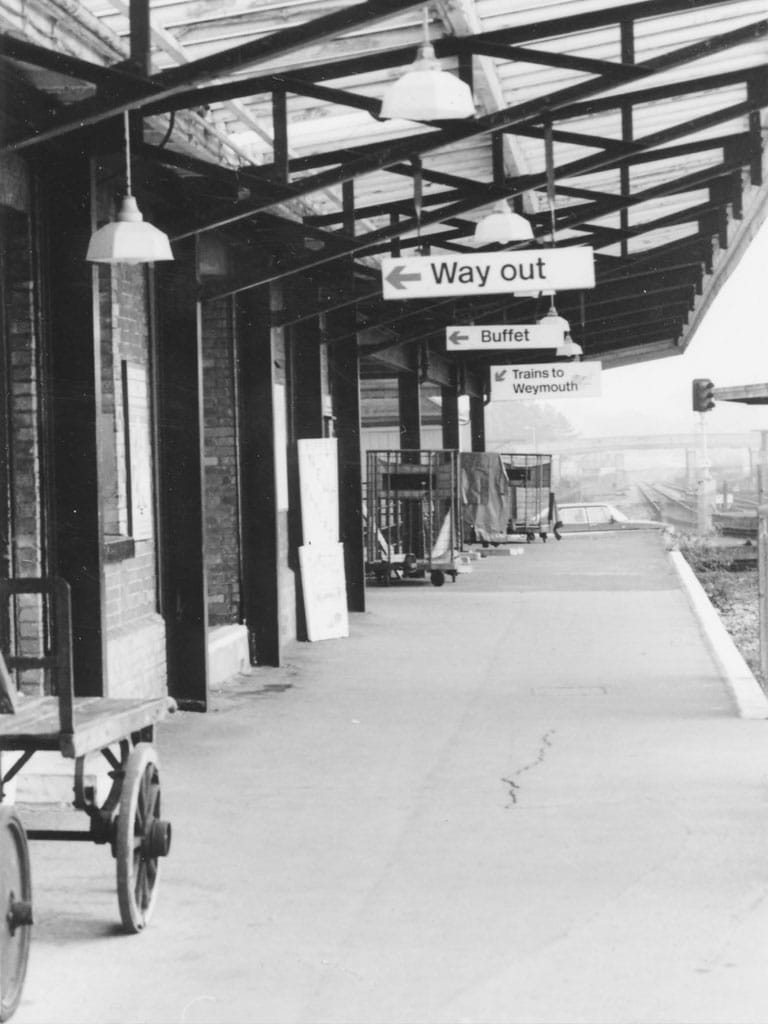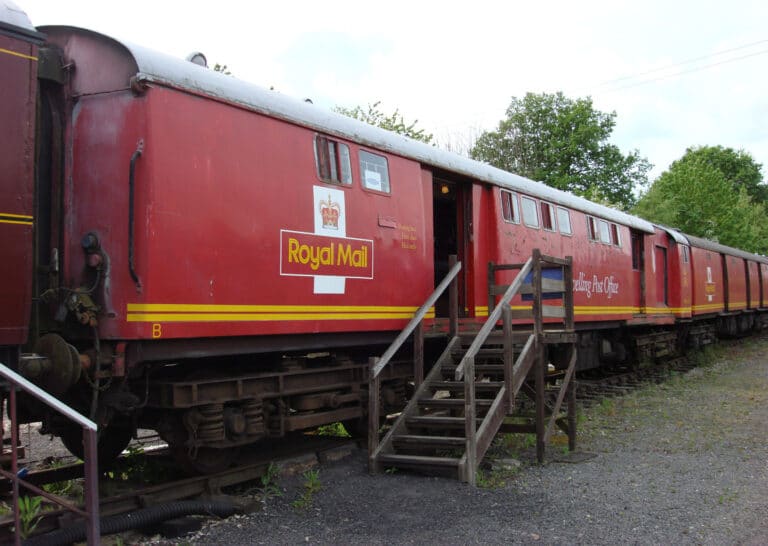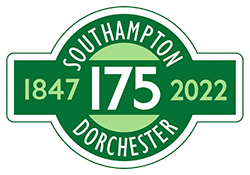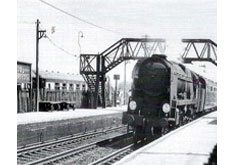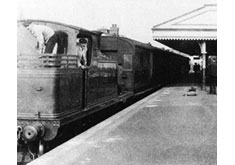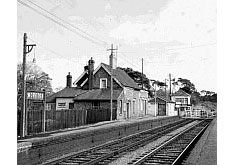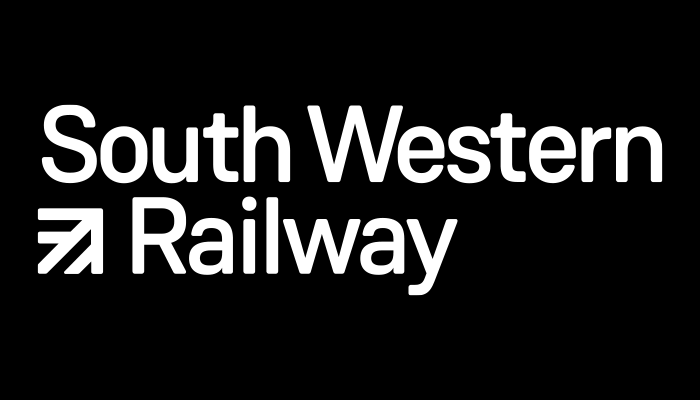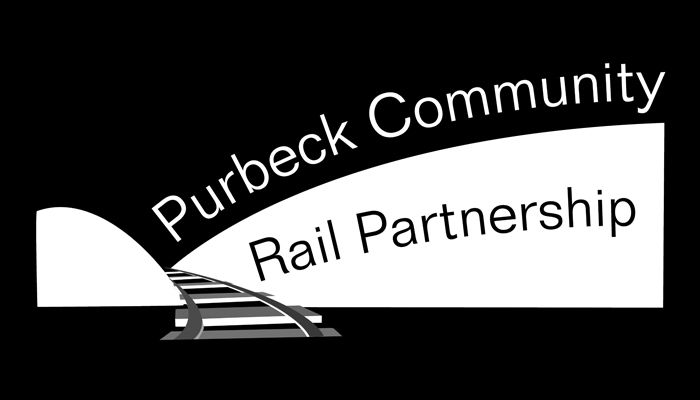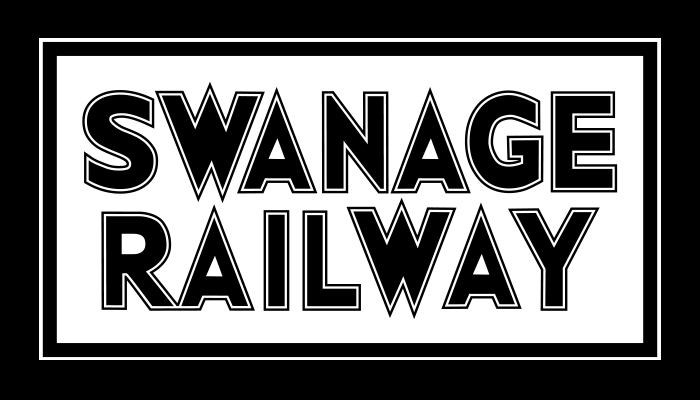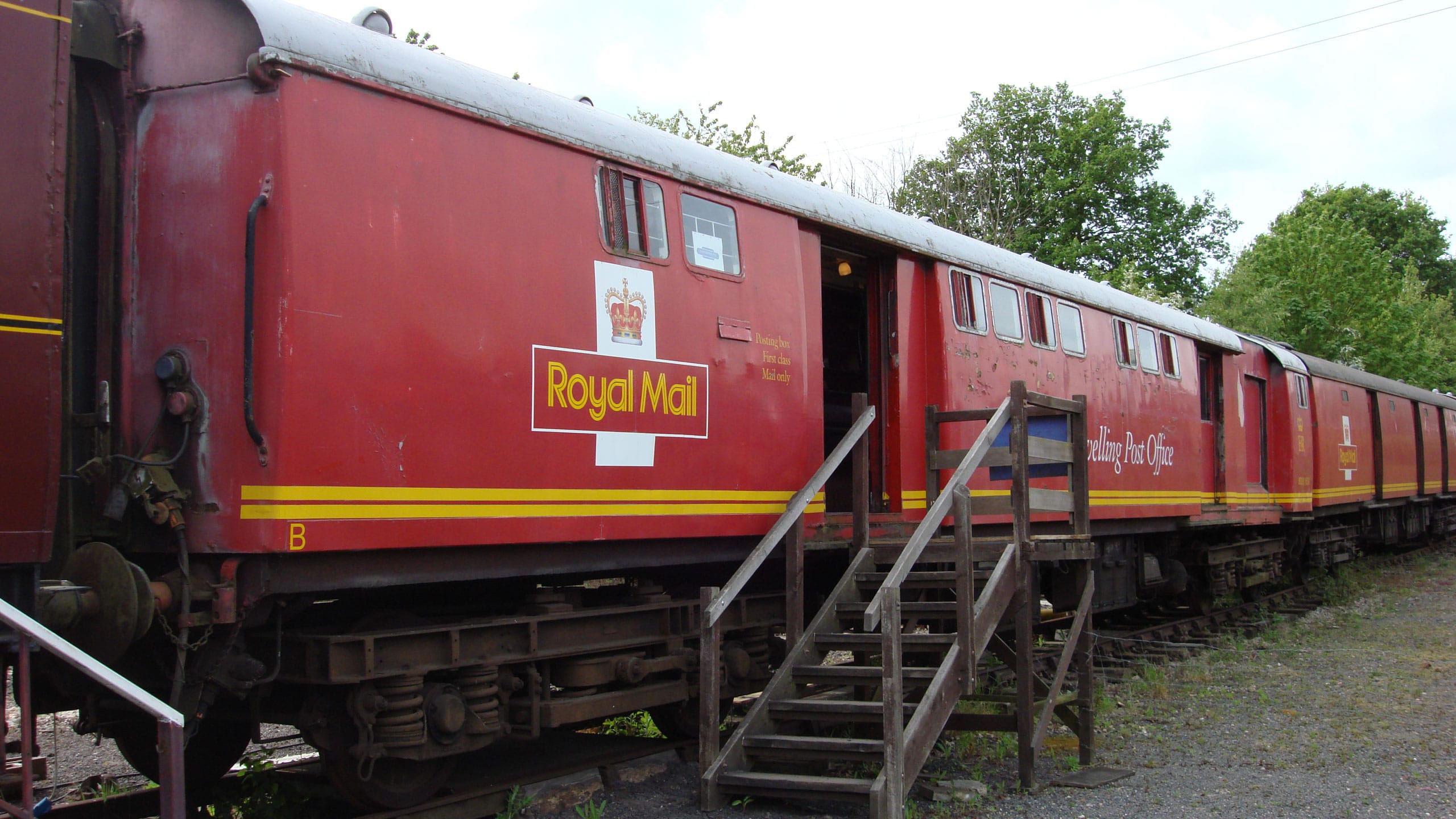
The History of Dorchester South Railway Station
In the Beginning
The Dorchester South railway station was first built in 1847, though the building that stands there today was only built in 1989. After being known as Dorchester railway station for decades, it was renamed to Dorchester South in 1949.
Dorchester station was built with the intent of continuing the Southampton to Dorchester railway line down to Exeter, but this never came to fruition. Although the line never reached Exeter, the line was extended to Weymouth and as a result trains from Dorchester often took passengers to Weymouth for their holidays. Pam Higgins talks about catching the train from Dorchester, but worrying they were forgotten.
Uses of Dorchester South
As mentioned, Dorchester South became the station from which holiday makers would embark on their journey to Weymouth, to enjoy a break at the popular seaside town. Not only did people use the trainline from Dorchester South to travel to their holiday destination, they also used it to travel to work and school.
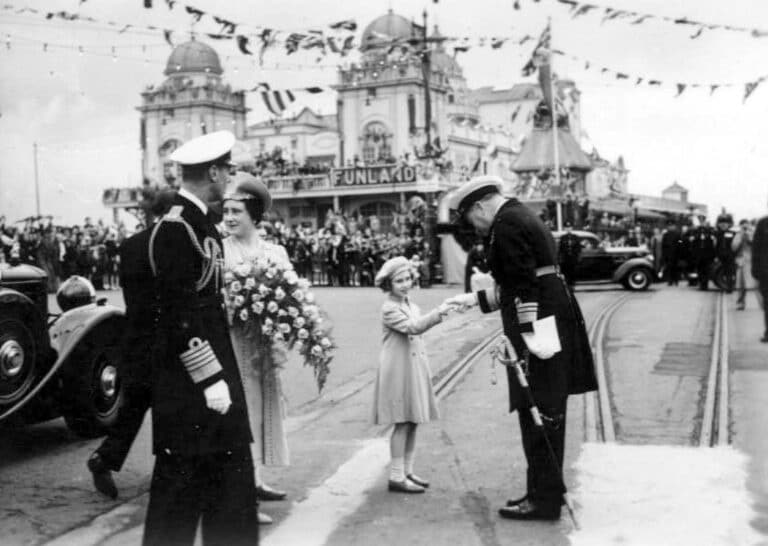
The general public were not the only people to use the train to travel to Weymouth. Queen Elizabeth II has frequented the railway in the past to journey down to Weymouth, passing through Dorchester South in the Royal Train. This undoubtedly brought along many spectators, who lined the station to catch a glimpse of Her Majesty making her way to Weymouth. You can hear David Higgins talk more about this below.
Another important use of the station in Dorchester was as a stop for the popular mail train, which enabled people to send and receive letters from London on the same day. This train was essential in keeping communication between friends and family and revolutionized the postal service. You can listen here to David Higgins speak of his experience with sending post via the mail train.
How Dorchester South has Changed Over the Years
Not only did Dorchester South get renamed, it also got redesigned and the station that stands there today is far from the one that stood there in the past. In 1970 the line at Dorchester South was rerouted, as before trains had to reverse into the sidings and back out again to continue their journey.
The previous design of the line at Dorchester South inevitably caused accidents. Most notably, there was a collision in 1877. Fortunately, this collision was not fatal, but highlighted the flaws in the design of the station as it was a risk to many trains travelling to and from Dorchester. The introduction of the telegram did reduce the risk of accidents, but the line was not effective until a platform was built on the curve so that trains no longer had to reverse.
David Higgins remembers his father owning a field that overlooked the railway line, which unfortunately is no longer there. On the left is a photo of David and his father, and you can listen to him recall his memories of playing in the field, as well as his memories of the engine shed and turntable which allowed for trains to go on to Weymouth. The engine shed does remain at Dorchester South, though this has been enlarged to accommodate for the growing train line.
Credits:
The Southampton & Dorchester Railway, 1897 map recreated from original on Wikimedia Commons
The Southampton & Dorchester Railway, 1897 map recreated from original on Wikimedia Commons
Castleman Trailway Map: Hiiker App
Station Diagram (Wool): British History
Castleman Trailway Image: Exploring Dorset
